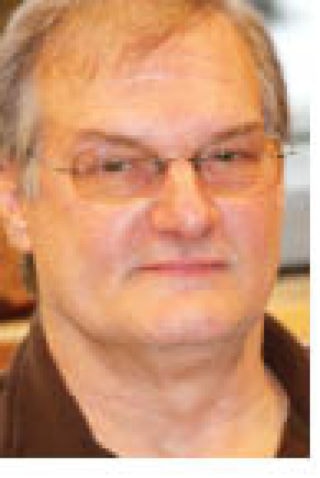Skeena Junior Secondary students are having a successful year as results from last semester show that 52 per cent of them have made the honour roll.
Leading the pack were the Grade 8s, with 61 per cent of them maintaining a grade point average (GPA) of 3.0 or higher.
A 3.0 GPA amounts to a B average, and qualifies a student for honour roll status.
Grade 9 students came in second highest with 53 per cent of them on the honour roll, and Grade 10 students came in last with 48 per cent.
Skeena’s principal Dave Crawley is very pleased with this year’s performance so far.
“These numbers are significantly higher than they have been in the past,” Crawley said.
The numbers are so strong that the school is looking into identifying contributing factors to ensure it continues to head in the right direction.
One of the factors that Crawley feels may have influenced the Grade 8s in
particular is the school’s attempt to reduce the number of teachers each student comes in contact with.
“Teachers get to know the kids better, kids get to know the teachers better, I think that’s probably a significant factor,” Crawley said.
The current standard for students is to have one or two teachers in elementary school. Once they move to a secondary setting, this number can jump as high as eight different teachers.
By having instructors handle multiple subjects, the school can expose students to fewer teachers, and maintain a more personal educational experience.
Crawley said while it was only the Grade 8s that this tactic was focused on this year, it is all part of Skeena's upcoming shift towards becoming a middle school.
It will help teachers to be better equipped to help students who struggle, Crawley said.
The school has also established a Student Success Program, which is an alternate program within the school. In the program, the
number of students in each class is limited to 12 and teachers take on a more tutor-like roll with students, filling in any gaps in concepts that may have been previously missed in core subjects.
Crawley said this program has been very successful because simply failing students does not work.
“Hopefully what happens is they find out that they are smart enough to do this stuff and this success helps them to be successful,” Crawley said.
Teachers and counsellors at the school have also implemented an early intervention process where students who are struggling in a course are identified within the first four to five weeks of the semester.
Once identified, they are approached by a counsellor who will try to help them identify problems and set them on the right track. Crawley said that the final possible contributor to such a great semester is teacher availability for extra help and a regular homework program every day after school.
“We are extremely happy about these results and hope that this trend continues in the future,” Crawley said.
